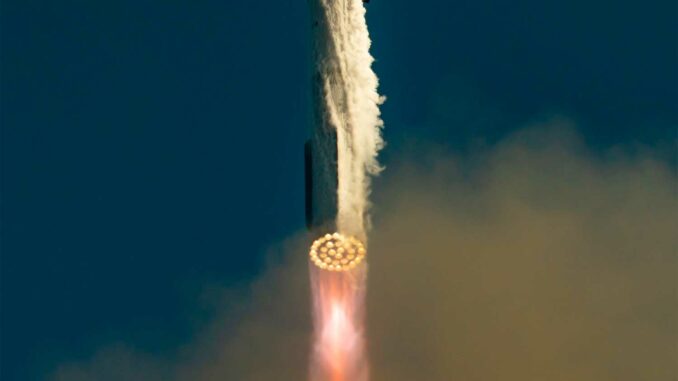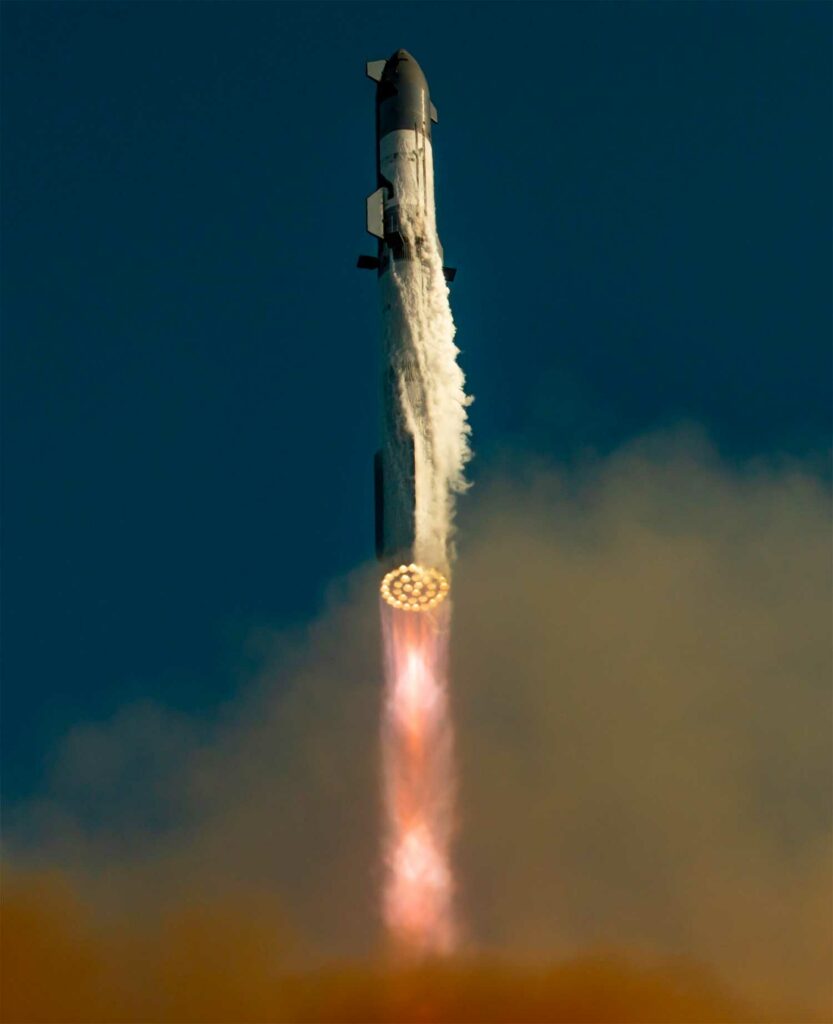
The Pentagon is integrating SpaceX into its military space architecture, redefining the national defense supply chain.
SpaceX, long a commercial player in aerospace, is becoming a strategic partner of the US armed forces. Elon Musk’s company is no longer limited to orbital transport: its military division Starshield, spun off from the Starlink satellite network, is capturing market share from the Pentagon’s long-standing suppliers. With low-cost, rapidly deployable satellites, SpaceX is attracting attention for its ability to meet the growing demand for real-time connectivity and space resilience. This development raises questions: should a single player be entrusted with critical national security functions? While SpaceX brings concrete innovations, this consolidation also raises strategic, industrial, and political risks in the medium term.
Starshield: a breakthrough in US military space architecture
Since 2021, SpaceX has been expanding its influence in the military field with Starshield, a militarized version of Starlink designed for intelligence, tactical communications, and autonomous systems coordination.
The Starshield network is distinguished by:
- very low latency, essential for piloting drones or unmanned vehicles,
- a modular architecture that can be integrated into existing command and control systems,
- the ability to be deployed quickly in conflict zones, as demonstrated in Ukraine.
The use of Starlink by Ukrainian forces has helped position SpaceX as a reliable provider of battlefield connectivity. Today, the company is moving closer to the heart of the US military architecture, notably through:
- the possible integration of Starshield into the Transport Layer of the Proliferated Warfighter Space Architecture (PWSA),
- a precedent set with the National Reconnaissance Office (NRO), which has quietly commissioned SpaceX to build dozens of intelligence satellites.

A shake-up for traditional defense contractors
SpaceX’s expansion into military programs is profoundly disrupting the space defense industrial ecosystem. Historically, companies such as Lockheed Martin, Northrop Grumman, L3Harris, and York Space had been selected to supply satellites to the Space Development Agency (SDA) as part of the PWSA architecture.
These companies have invested heavily in:
- specialized production lines,
- military-grade systems,
- and subcontracting networks compatible with Pentagon requirements.
But faced with SpaceX’s ability to deliver faster and at lower cost, the traditional model of military procurement is being called into question. The Pentagon seems increasingly ready to adopt dynamic commercial models from the private sector, even if it means upsetting the rules of competition and industrial balance that have been established for decades.
Golden Dome and the growing integration of the private sector in defense
The Trump administration has accelerated this trend with its Golden Dome initiative, which aims to create a new-generation missile defense system based on commercial sensors and private services. Although Musk has formally denied any direct involvement in the project as reported by Reuters, several sources mention a proposal combining SpaceX satellites, Palantir analytics solutions, and Anduril autonomous systems.
The approach breaks with traditional Pentagon procurement methodologies, with a clear desire to:
- reduce development times,
- accelerate capability innovation,
- and bypass the bureaucratic barriers of large programs.
This trend is in line with the so-called “Defense-as-a-Service” logic, where civilian manufacturers provide turnkey capabilities that can be directly integrated into military operations.
Towards critical dependence on a single player?
This concentration of strategic functions—tactical connectivity, intelligence, and orbital surveillance—in the hands of a single private actor is not without concern. The example of Ukraine has demonstrated that when tensions arose between Kiev and Washington, Europe realized its critical dependence on the Starlink network for communications in the field.
This situation led to:
- emergency investments in alternative European solutions,
- an awareness of the vulnerabilities created by the centralization of critical defense services,
- a debate on technological sovereignty in military operations.
For the United States, SpaceX’s dominance raises a strategic dilemma:
- how to capitalize on the efficiency and innovation of the private sector,
- while maintaining a diversified and resilient industrial base capable of withstanding political, commercial, or technological shocks?
A structural transformation of US space power
SpaceX is no longer content to be a launch provider. The company is redefining:
- the way military capabilities are designed, delivered, and deployed,
- the role of private companies in managing critical national security resources,
- the timeframe of military projects, which is shifting from a ten-year cycle to an annual or even quarterly delivery dynamic.
The US industrial model thus seems to be moving towards a growing fusion between specialized military expertise and private commercial agility. While this shift will enable accelerated operational capabilities, it will need to be accompanied by careful consideration of dependency management, the governance of critical services, and the preservation of a diverse industrial ecosystem.
War Wings Daily is an independant magazine.